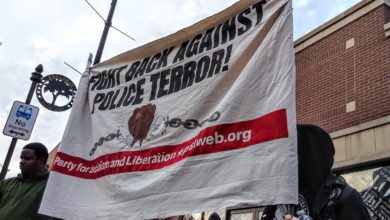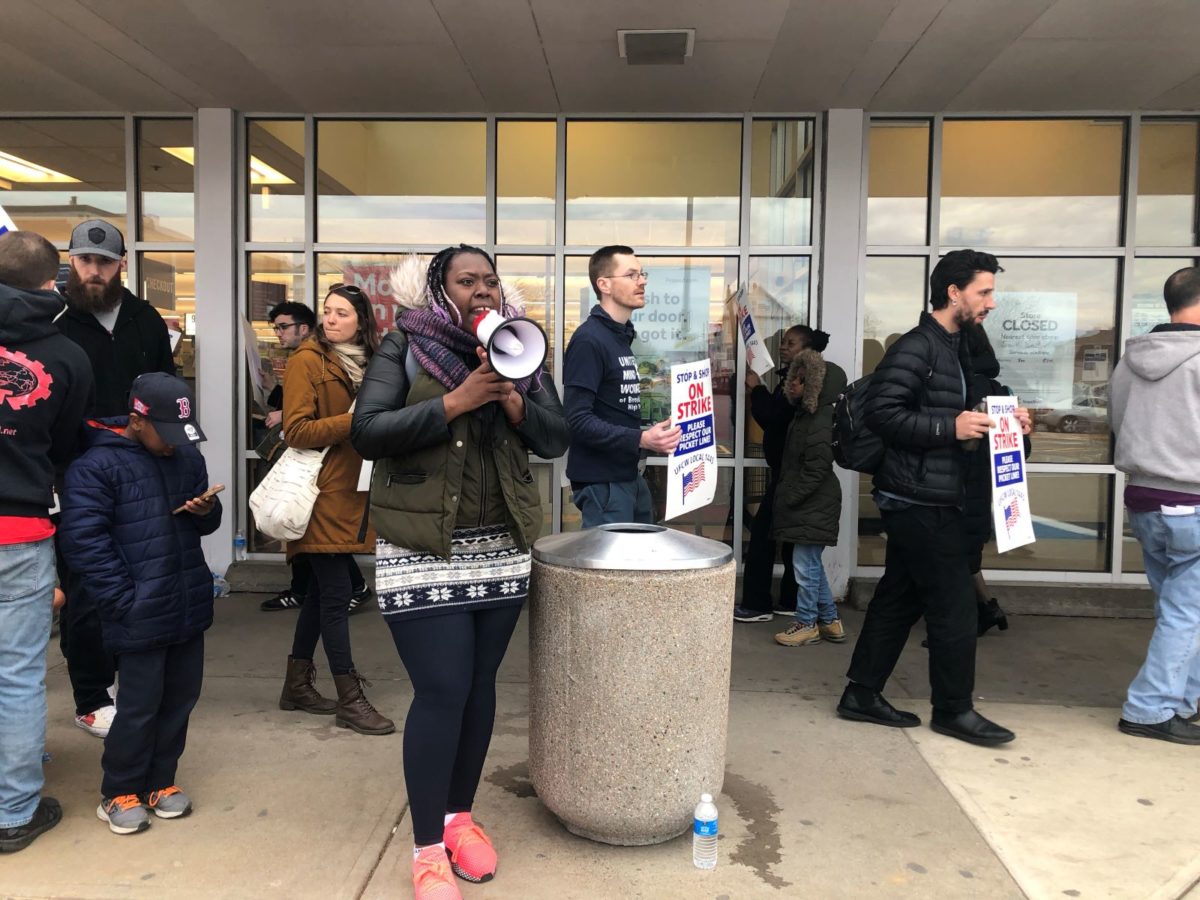While the snowstorm that hit the Northeastern United States on Oct. 27 was a natural disaster, the response of local utility Connecticut Light & Power has been a prime example of the crimes of capitalism.
At the height of the storm, more than 750,000 households—about half of the total households in the state—were without power on a night when temperatures approached freezing. Many lost power when trees fell on power lines under the weight of the snow.
Of the 169 towns and cities in Connecticut, 148 are served by CL&P. As of the time of writing, 25 towns still have 100 percent outage rates. Forty-eight have outage rates of 90 percent or higher. Overall, 53 percent of CL&P customers across the state still do not have power days after the storm.
One homeowner without power in Stamford, Conn., told Liberation News: “Twice in the last three years CL&P’s tree trimming contractors came by my house in Stamford to trim the branches that were near the lines. Both times they ignored the ones that were growing directly above the wires. The snowstorm took care of the problem. When I pulled the branches out of the street, the scorch marks on the limbs where they hit the power lines were impressive.”
With so many out of power, many state residents rightly expect the utility to address issues of tree trimming and upgrading utility lines. Instead, CL&P has gone on the defensive, saying that further rate hikes will be needed to ensure adequate service.
In Connecticut, utility rate increases must be approved by the state Public Utilities Regulatory Authority. In 2009, the Authority approved an overall rate increase of $63.4 million of the $133.4 million that CL&P sought. In 2011, it approved $38.5 million of CL&P’s requested $44.2 million increase. The end result for working people in Connecticut has been higher electricity bills in the middle of an economic crisis. Rates in the state are consistently among the highest in the country.
CL&P cannot claim poverty, however. Its parent company, Northeast Utilities, saw profits rise 21 percent in the first half of 2011 over the same period in 2010. CL&P’s chairman of the board, Charles Shivery, makes $8.2 million per year in salary and stock options. Shivery attributes the rise in profits to “cost-cutting.”
Frank Cirillo, business manager for International Brotherhood of Electrical Workers Local 420, the union representing CL&P electrical workers, spoke out against both the company and the state government’s response to the storm. “I’m nobody special, but the union is in charge of the largest gas and electrical system in the western portion of the state,” Cirillo told the New Haven Independent. “You would have thought we would have received at least a call.”
The cost-cutting that Charles Shivery cheers is a result of layoffs and staff reductions. In 2007, according to Cirillo, CL&P had 190 linemen to service 1.2 million customers. In 1976, the company had 430 linemen for 850,000 customers.
The increased electrical rates that state residents pay have not led to better, more responsive service. Instead, it has gone directly into the pockets of the corporate bosses at CL&P and Northeast Utilities.
Electricity and other utilities must be made a right! CL&P and other utilities in Connecticut must be re-regulated, taken under state control and overseen by the working class in order to roll back outrageous rate hikes and guarantee that in the event of a disaster, restoring power—not profits—is the priority.






